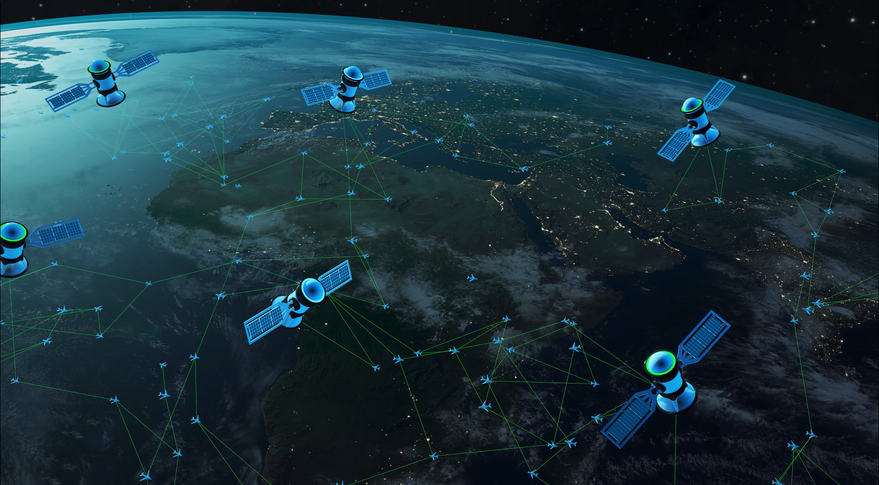European satellite companies NeuralAgent and Miratlas will join forces to solve the problem of optical communication with space. They are going to bypass obstacles in the Earth’s atmosphere by developing a special routing protocol.

NeuralAgent and Miratlas join forces
German startup NeuralAgent GmbH is joining forces with French company Miratlas SAS to solve the problem of optical communication between the Earth’s surface and orbiting satellites. The corresponding memorandum was signed on December 16.
Optical communication is the most promising from the point of view of transmitting large volumes of information. The data is transmitted in the form of laser beam oscillations, which occur at an enormous speed. However, dust, clouds and other obstacles in the atmosphere make this connection extremely unstable.
Because of this, commercial companies are positive about optical communication between satellites, but are somewhat skeptical about using it to communicate with Earth and would prefer to continue to use radio communication insted. However, government agencies in Europe and the United States are pushing for the development of ground-based laser infrastructure because it will provide stable communications for the military.
How companies are going to solve the problem
The memorandum signed by the companies states that they will “create a predictable and reliable network capability for optical communications under atmospheric constraints.” They plan to do this by developing a data routing protocol, that is, by making sure that data is transmitted only where there are no obstacles at this particular moment.
Since 2018, Miratlas has been developing and manufacturing atmospheric transparency measurement instruments for optical communication. And NeuralAgent specializes in the development of artificial intelligence systems. Therefore, it is expected that a system will be created on their basis to predict which ground stations the satellite will be able to communicate with, so that the data are not interfered with rain and dust.
The companies say they have a common vision of the problem, and it’s quite different from how they usually try to solve it. Instead of increasing signal penetration, they are going to find a more elegant solution. According to: spacenews.com

